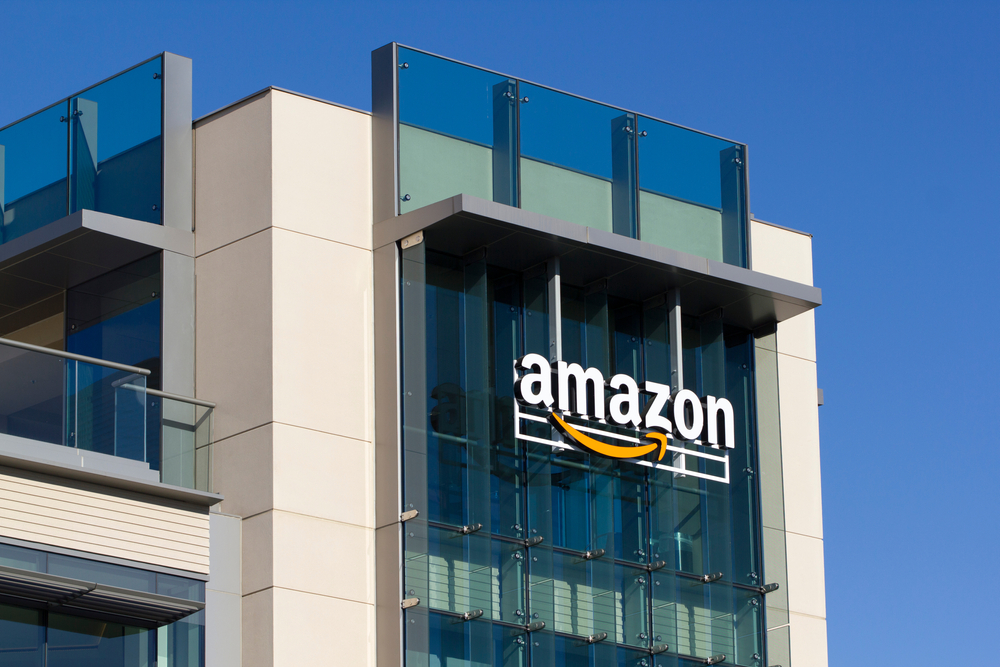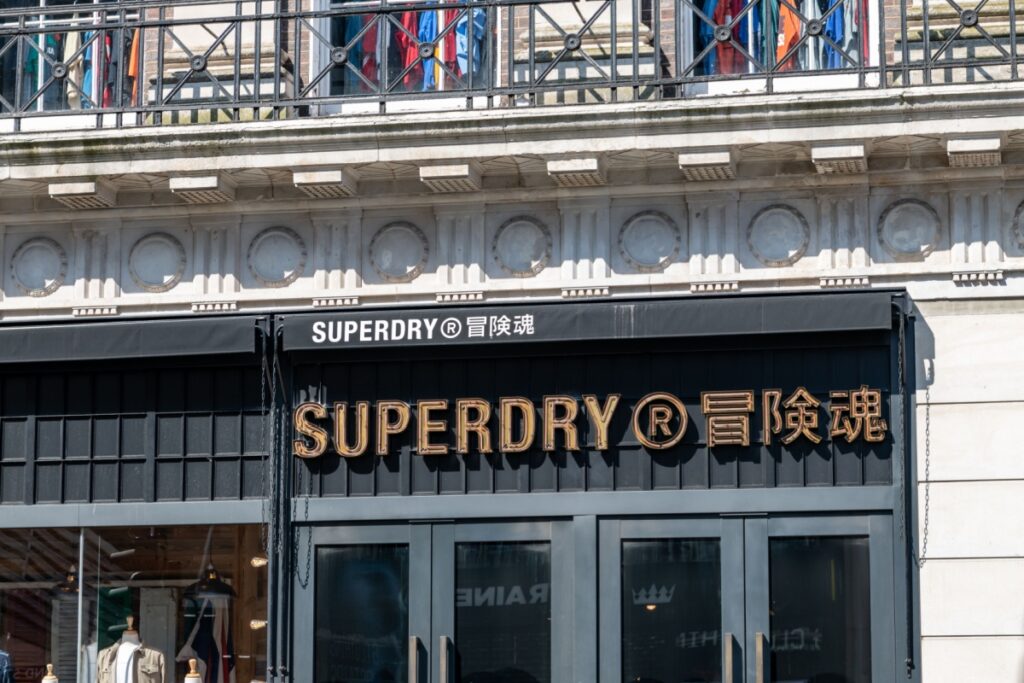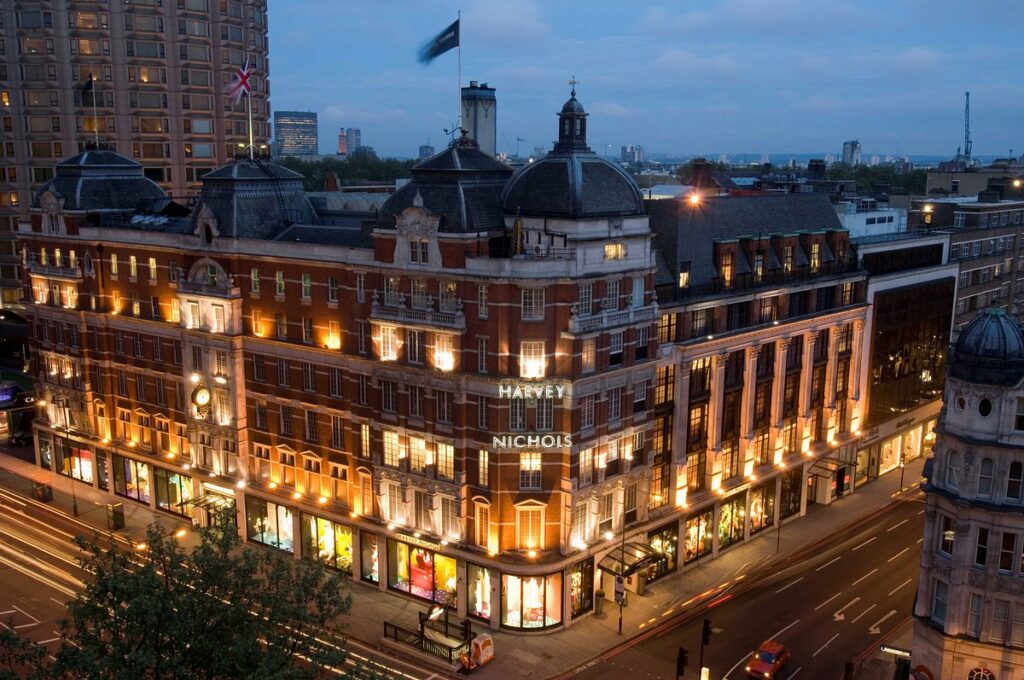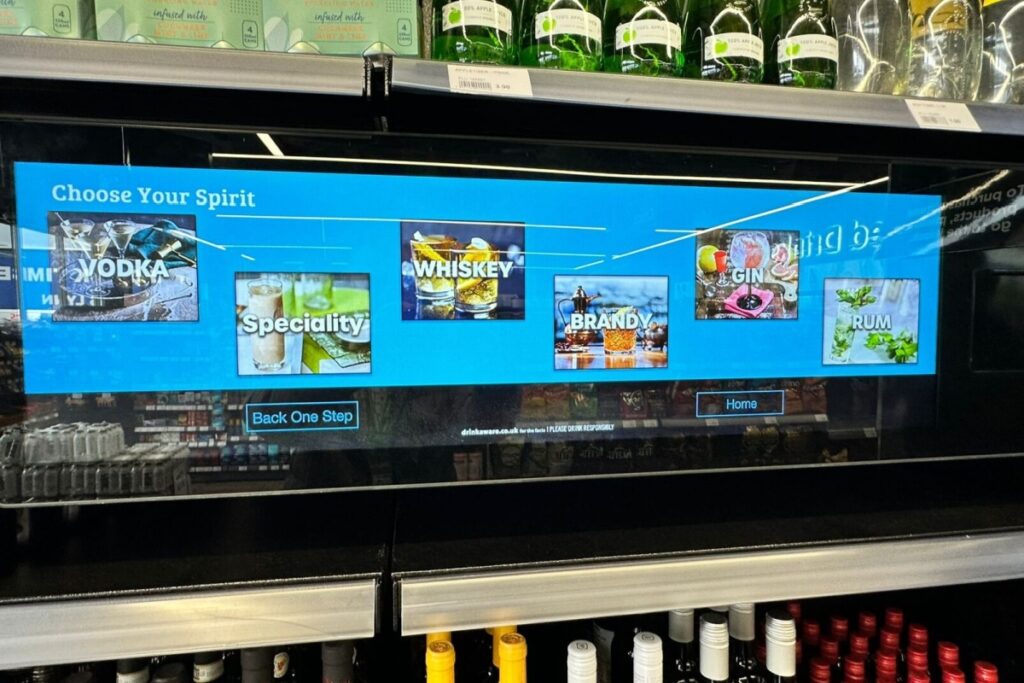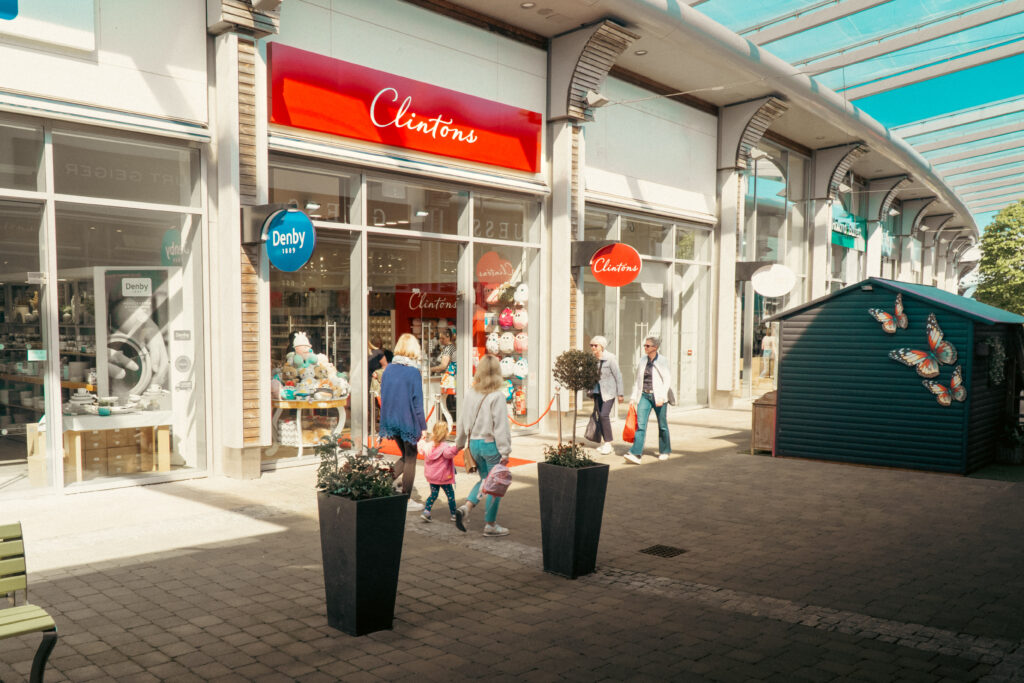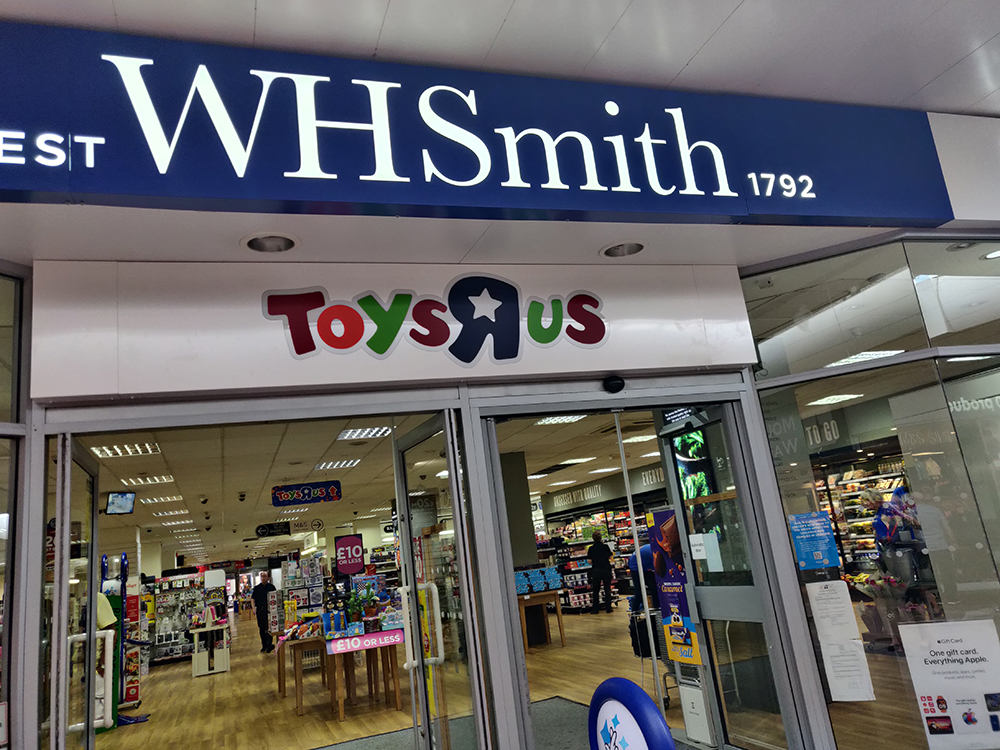According to a recent report, the luxury goods market is expected to experience a compound annual growth rate of 3.4% over the next six years, predicted to reach a value of $374.85bn by 2020.
The report which was conducted by Transparency Market Research, has anticipated that European and U.S. luxury markets will experience slower growth compared to other global markets, yet in terms of revenue, Europe will remain the largest.
With economic slowdown impacting overall growth for the luxury market; Assistant Manager of Consumer Goods at Transparency Market Research, Gaurav Bhushan, believes that the “increasing trend towards middle class and increasing bandwidth of products” will help luxury manufacturers to endure a more “sluggish” market in the U.S.
The mix of both evolving and developed countries in Europe has alternatively created opportunities for both major and local players of the industry, by dominating developing markets and targeting untapped regions.
Studies have shown that Europeans are changing their luxury spending habits, switching their budgets from lavish, physical goods to experiences instead. The sector is now turning to the younger generation, with affluent individuals and a new boost in consumer confidence expecting to fuel luxury growth in established markets.
It is undeniable that economic conditions are improving since the financial crisis of 2008, providing a greater number of high-net-worth customers with more disposable income. Not only this, according to Wealth-X, the combined wealth of the worlds richest are largely represented by European countries.
Apparel and leather goods remain the largest segment in terms of revenue to the luxury market, with a large focus on other goods such as jewellery and cosmetics remaining strong contenders. Hard luxury goods, for example watches and jewellery, are rising at the fastest rate in correspondence to cultural changes in accessory trends. Fragrance currently ranks the lowest, with large retailers like Selfridges seeking to boost sales through exclusive events and products.
Tourism is equally a strong driver of growth for the luxury market, as travellers from China, Brazil, Russia, South Africa and India are spending more in duty free stores. This has caused customers from developing nations to become increasingly brand conscious, spending overseas where there are smaller taxes and duties.
Despite these changes for physical markets, online presence has become are critical area of growth for luxury retail to adapt to. The sector has become increasing active in digital media with consumers catching up. The largest percentage of visitors to luxury brand sites were marked at 55 and over, with 18-24 year olds coming in second.
Consequently, it is crucial for luxury brands to find the balance between accessibility and exclusivity while closing the age gap of its consumers, to remain on track for growth in the near future.



